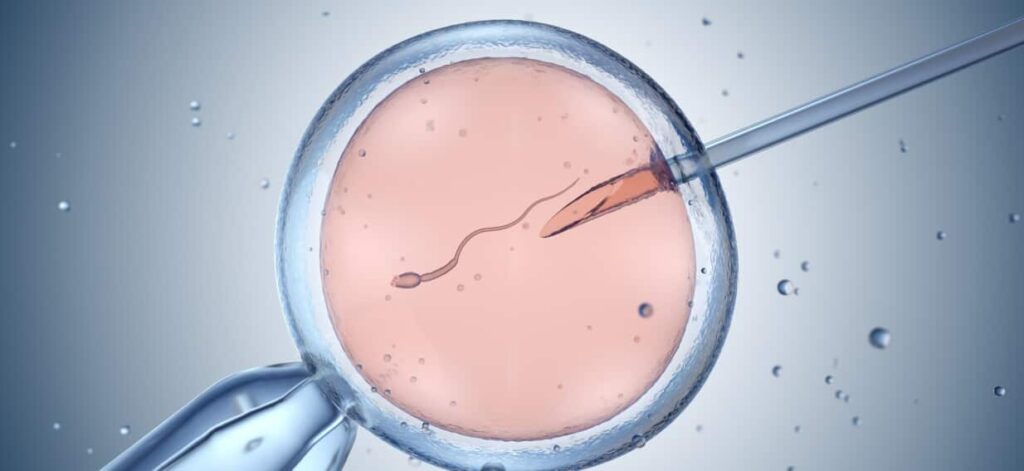
New national guidelines aimed at improving the management of male infertility have been introduced in Australia. These guidelines, published in the Medical Journal of Australia, focus on enhancing care and support for men facing fertility challenges. Although only 8-9 percent of men experience infertility, male factors contribute to around half of all infertility cases. In 20-30 percent of instances, male infertility is the sole barrier to pregnancy worldwide.
The guidelines outline essential steps for evaluating male fertility. This process includes taking a detailed reproductive and medical history, conducting a physical examination, performing semen analysis, and coordinating assessments with the female partner. Developed by a panel of international experts from various universities and health clinics, these guidelines were tailored to fit the Australian context, adapting recommendations from European and United States practices.
Changing Perspectives on Infertility
Liza O’Donnell, a senior research scientist at Griffith University and a member of the panel, emphasized that these guidelines reflect current clinical practices. They incorporate routine tests and services that are accessible under Medicare. “It was really about adapting the guidelines to what clinicians encounter in their offices when a man comes to see them,” O’Donnell explained in an interview.
A significant aim of the guidelines is to shift the prevailing narrative that infertility predominantly affects women. O’Donnell noted that one of the primary recommendations is for both men and women suspected of infertility to undergo evaluations simultaneously, although not necessarily by the same healthcare provider.
“It is often the woman who visits the doctor, undergoes numerous tests, and only later does someone consider checking the man, who may not have any sperm,” she stated. This approach can lead to unnecessary testing and delays for women, complicating the journey to identify the couple’s infertility cause.
Impact on Diagnosis and Treatment
The new guidelines are expected to significantly influence the early identification of men experiencing fertility issues. O’Donnell believes that this early screening could alter the course of treatment for affected couples. She also highlighted various factors contributing to lower sperm counts, including lifestyle choices and environmental conditions.
For optimal testicular health, O’Donnell recommends wearing loose-fitting clothing, avoiding prolonged sitting in saunas, and not placing laptops directly on the lap to maintain the necessary lower temperature for sperm production. Paternal age is another critical factor, as men over the age of 40 face an increased risk of having children with certain genetic disorders.
As Australia grapples with a record-low fertility rate, the introduction of these guidelines marks a crucial step in addressing male infertility’s role in family planning.
For further insights and updates, readers are encouraged to download the SBS News app and subscribe to the newsletter.







